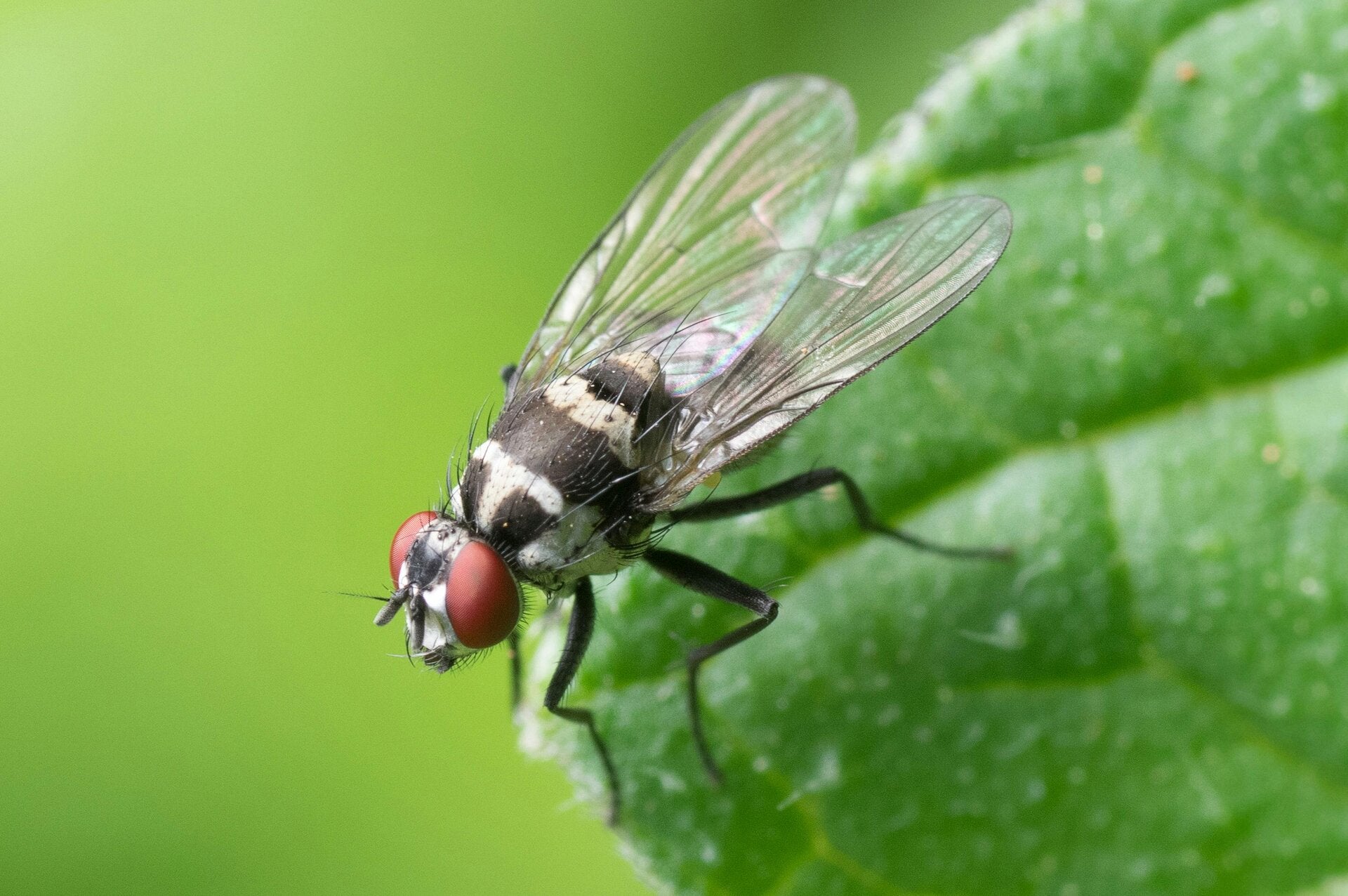Cluster Flies
Seasonal Invaders That Hide Inside for Winter
Cluster flies are a common pest in rural and suburban areas, especially around older homes and buildings. While they don’t pose a health risk or reproduce indoors, they become a major nuisance when large numbers invade attics, wall voids, and upper floors to overwinter. These flies are slow-moving and often appear in groups, especially around windows on sunny winter days.
At Mitchell’s Nuisance Wildlife Solutions, we provide targeted treatment to reduce cluster fly populations before they gain entry — and help eliminate those that manage to find their way inside.

When Are Cluster Flies a Problem?
-
Late summer to early fall – when flies seek warmth and shelter
-
Fall is critical for prevention — treatment is most effective before cold weather sets in
-
Late winter and early spring – flies become active indoors on warm, sunny days
Where They Enter and Hide:
-
Attics and upper-level wall voids
-
Behind baseboards and window trim
-
Around windows, skylights, and light fixtures
-
Inside ceiling light boxes and attic access points
-
Entry via gaps in siding, soffits, vents, and fascia
Identification Features:
-
Larger and slower than house flies (8–10 mm)
-
Dull grey body with golden hairs on the thorax
-
Cluster together in groups — often on windows or ceilings
-
Buzz loudly when flying and may appear disoriented
-
Typically inactive until disturbed or exposed to sunlight
Our Cluster Fly Treatment
We use a two-phase approach to deal with cluster flies:
-
Exterior Barrier Spray (Late Summer to Early Fall):
Applied around soffits, siding, rooflines, vents, and other entry points to reduce the number of flies entering your home. This is the most effective prevention method. -
Interior Treatment (Winter or Early Spring):
For active infestations indoors, we apply a low-impact insecticidal dust or contact spray in attics, window frames, and light fixture gaps to eliminate flies already inside.
Additional Recommendations:
-
Seal cracks and gaps in soffits, siding, and attic vents
-
Ensure screens are intact and properly fitted
-
Limit access to warm, undisturbed areas in fall